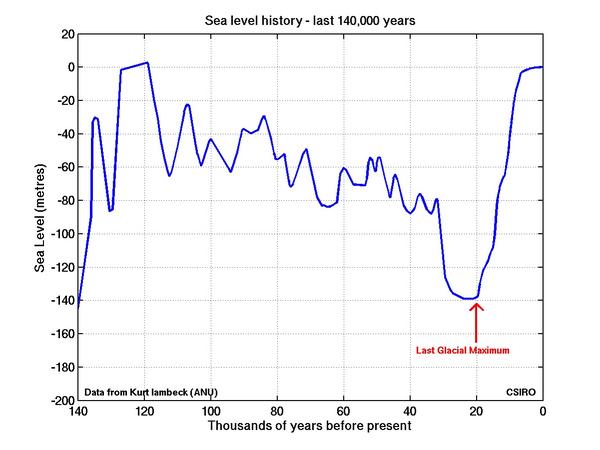It’s a new year, and over two months since my Great
Barrier Reef trip. I figure I should pull my finger out and finish this story...
I started writing this post with the intention of summarising the rest of the
trip, but got stuck on this one, special dive…
GREAT BARRIER REEF 2012 – PART 5 – NORTH HORN WALL
North Horn Wall – Deep Dive
One of the (many) cool things about diving from
Spoilsport, is their willingness to treat divers as adults. If divers can show
training, qualifications and experience, they may dive within these. When asked
if I’d be interested in doing a deep dive on the wall at North Horn, I jumped
at the chance.
From 30,000 to 80,000 years ago, the sea level was
60 to 80 metres lower than it is now. Around 30,000 years ago, an ice age
dropped the sea level to at least 120 metres lower than today, and from 20,000
years ago the sea level rose again.
On the wall at North Horn, there is an undercut, created
by the old sea level. It starts at about 65 metres below today’s sea level. This
was a great reason to go deep.
Planning
First thing was to look at available gas. One of
the regular crew was absent from this trip, so I was able to borrow a set of
twin 7 litre tanks – filled with air – backgas sorted. Now 18 litres isn’t
heaps, so I slung a 10L ali of air and another of EAN60. That was more like it.
Mmmm, twin 18L tanks - anyone know a good chiropractor?!
Diving on air, I wasn’t keen to push narcosis too
hard so decided 50 metres was a sensible depth. With the vis being so good,
this would let me see the top of the undercut and experience a taste of deep,
coral-wall diving.
I use V-Planner for my dive planning and run the
VPM-B model set to Level 3 conservancy. This means I start my deco stops a
little deeper than traditional models and spend a little more time
decompressing than an aggressive model.
Planning a technical dive is something I enjoy. I
derive a great sense of satisfaction when I complete a dive that I planned and
this was no exception.
The Dive
We rolled out of the tender and started our descent.
As we followed the coral down to 50 metres, the wall just kept going. But just
below us was an obvious change in the slope of the wall. This was the old sea
level and it was worth the dive just to see it. From there, the wall sloped
away into the abyss.
Soft corals festooned the wall, which soared above
us, almost to the surface. The visibility was incredible. Was it 90 metres, 100?
Who knows? It seemed infinite. Some of the wall had shallow gullies coated in
sand. Looking like snow-coated slopes high on a mountain, this was debris from
above, part of the continuing cycle of deposition and consumption.
I kept a weather eye on the blue, hoping to see
something big. Looking up I spotted the unmistakeable outline of a great
hammerhead shark. Unbelievable. It was circling about 30 metres above us. Another
highlight.
Yet another advantage of wall diving is the ascent.
Forget blue water deco stops, swimming up a wall means there’s always something
to see. The perfect way to end a dive, swimming with reef fish among the coral
at the top of the wall.
Back on Spoilsport and smiles all around. What a dive!
With thanks to Trevor Jackson (Spoilsport boat driver and my buddy for the dive), Craig Stephen (Operations Manger, Mike Ball Dive Expeditions) and Damian Siviero (Photographer Extraordinaire and fill-meister).




Plan the dive & dive the plan ... Excellent post
ReplyDeleteThanks Ka. The dive ran like clockwork. Well worth the effort!
ReplyDelete